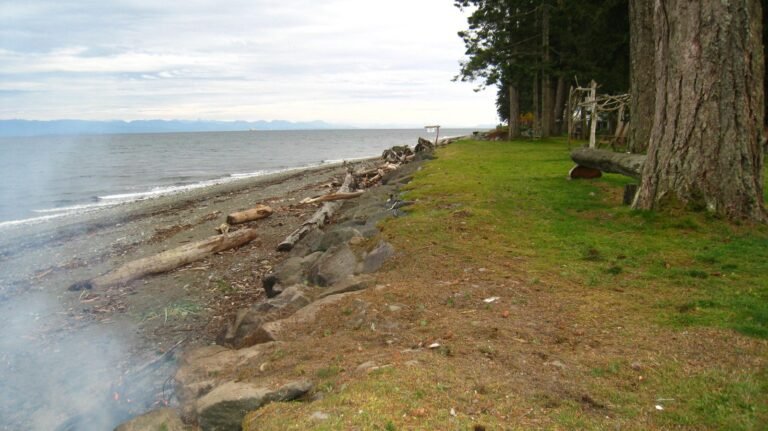Each spring, peaking in March, the Pacific Herring (Clupea harengus pallasi) return to protected inlets on the coast of British Columbia to spawn. Female herring lay up to 20,000 eggs, which are fertilized when they are laid. On contact with water, the eggs become very sticky, and attach themselves to whatever they come into contact with. The event draws thousands of marine birds and mammals to feed on the nutritious bounty.
California and Steller’s Sea Lions arrive in herds, and there is great bellowing and barking as they jostle for position in the herring schools. Large numbers of sea ducks, like scoters and Oldsquaw (Clangula hyemalis) gather in rafts, diving to feed on the eggs. Bald Eagles (after all, they are fish eagles) snatch spawned-out herring from the surface, and gulls of several species feed on the scraps.
The herring spawn wildlife spectacle continues for two to three weeks. There are excellent viewing opportunities on the east coast of Vancouver Island, with French Creek often being a hot spot.






